Fairbanks II
Getting organized is #1
Fairbanks is the last big city before
we will hit Whitehorse – so we decided to stock up on milk at Cosco, do some
shopping (and we will stock up again before heading out). We were a bit late
this morning, but then the weather is not that great – so why hurry. On the way
we also saw a super cute “Ranch” with super cool painted animals stuck on the
side of the walls.
The Fountainhead Antique Auto Museum
- It says that it is one of the best car museums in the world (we were a bit sceptic about that – but it is super amazing)
- It is a collection of vintage cars all older than 1936 and also of old vintage clothes (they got from auctions in New York and London and date from 1700s to the early 1930s). All of the cars are in a drivable condition and are exercised regularly at least once a month.
- In 1974 Tim Cerny bought his first vintage car a 1951 Dodge Wayfarer – this started his enthusiasm for old cars and he started to plan to built America’s most northern car museum. He bought a lot of the J. Parker Wickham automobile collection in 2007 and started to built the museum.
- All cars he bought are representing a special development in design or engineering, are rare survivors or have something to do with the early history of Alaska’s cars. In 2009 the Museum opened its doors
- The 102 cars are all privately owned and with historic photos and stories it brings alive the early years of cars in Alaska. The owner still buys guys like the Duisenburg which only came into his collection this year. He mostly buys them already restored
- Through the glass window you can look into the garage where they keep the cars in shape
And which engine was winning out gas
vs electric vs steam:
- In 1900 there were more steam and electric vehicles on the road than gasoline powered ones.
- Steam cars were cheap to operate all you need is water and something to burn, they were fast and needed little maintenance. But it was not easy to run them they had lots of gauges, it could take up to 45 Min to get the car running from a cold start, they also needed fill-up every 50 miles. The last Stanley Steamer was made in 1927 and Doble ceased to built them in 1931
- Electric cars: were easy to start with no hand crank, they were simple to operate no gear shifters and no gauges, nothing could freeze, burn or explode but they were very slow and didn’t go faster than 12 mph, the batteries were heavy and because of that they had trouble going up a hill, the battery cases did not hold on rough roads. When it broke down it required major repairs or replacement of the batteries which was very costly and a charge only did 20-60 miles. The Last Detroit Electric car was built in 1939 which was America’s longest-living electric vehicle.
- Gasoline cars: were noisy, smelly and prone to problems, they had to be cranked by hand to start but it did won out as America has more roads and it was required for vehicles to travel long distances, the discovering of oil in Texas reduced the gasoline price and it became affordable, larger combustion engines were built which had more power and speed, the mass production by Henry Ford made them available and affordable. (in 1912 an electric Rauch & Land sold for 2650 $, the Stanley steamer for 6000 $ and a Model T for 690 $). In 1912 also the electric started was discovered which revolutionized the industry.
- 1920sTokheim visible gas pump: finally they could see the quality of the gas they put in their cars. First you handpumped it in a cylinder and then by gravity in went into the gas tank of the car. The one they had displayed in the museum was from an old roadhouse
We came and discovered one super weird
car sitting out front – which we thought should be inside the museum. Already
when we paid, we discovered that it really is a unique and special museum: it
reminds us of the museum in Malaga: the clothes and the cars together give you
so much more the feeling of the good old times. What I also really liked were
some of the old pictures on the wall which showed you how those vehicles drove
on the gravel roads, through rivers, between high snowbanks, or that the horses
were the first tow trucks – super amazing. AND: they had one car you could
actually sit inside and have the feeling on how it is when you drive one of
those oldies: then one we sat in was a 1909 Ford Model T.
We also saw some cars we never saw
before – and yes, we both have our favourites :-) – as
there was a lot to read about the cool cars, they also had a lot about the
fashion (but then we didn’t read everything, as the cars fascinated us more):
What was cool it did not only say why a car is special, also how many was made
and how much it cost when it was originally on the market – here are some of the
cool things we saw – don’t worry there were many more:
- 1928 Pioneer Road Grader: it was sitting outside, one of the locals found it when mushing his sled dog team, sunk to it’s axles frozen in the tundra. He came with a weed burner and freed it from its icy tomb and restored it to working conditions. With his horses he used it to repair the road towards his homestead. When He died in 2015 it came to the museum. Those graders were used from the mid 1880s to 1930s and many were pulled with tractors.
- 1903 Columbia: this is cool as it has little curtains hanging from the top, and it’s an electric car with 2 hp but it weighted 2700 pounds and did only 12mph, overall only1727 were made. The one here is the only Mark XIX which is still existing today, each rear wheel has it’s own motor
- 1901 De Dion Bouton “New York Motorette”: I never even heard that name before, originally De Dion Bouton was manufactured in Europe, but the American ones had larger engines – they only produced cars in America for one year, they were popular in Europe they did not hit off in the States and only around 200 were built. The European company shut down in 1932
- 1931 Duisenberg: Pauls’ favorite, even old it already had 320 hp, 485 were made between 1929-37, the cheapest was 8700 $, most custom models sold for 15.000 – 20.000 $
- 1933 Auburn: movie stars liked this classy looking car, it has a V12 engine and with 99 mph was one of the fastest cars of that era (I mean it is super cute in orange and has a boattail end)
- 1931 Cord: this was America’s first mass produced front wheeler, Cord was the first to have false grills to hide the radiator and had shutters to regulate the air coming in. The one we saw had only 14.000 original miles and its original top and interior.
- 1932 Chrysler Imperial: this one was built as a limited edition of 49: this is a super nice car!!
- 1934 Packard: this is the first with an incorporated built in radio, they also say it has one of the most beautiful dashboards ever made – this is only one of four surviving touring convertibles still around today
- 1921 Heine-Volex: it was the world’s most expensive car at the time and sold for 25.000 $ (at that time a Rolls Royce was 10.000 and a Ford Model T 500$), it was one of the most unusual cars built in the US, it was likely the first one with 4-wheel hydraulic brakes, it had a cold-weather starting system, brakes that could be locked to prevent theft. Gustave Heine said “when you ride this car you ride in it not on top of it”. Only 5 of these cars were built. Heine never sold any of his cars, even he got the offer – after his death the museum got donated to the Reno Museum.
- 1927 Lincoln: this one was built for luxury and was built as a one of a kind, three rows of seating each with its dedicated windshield, 24kt gold trim and a Dictaphone to instruct the driver. This blue car is truly spectacular
- 1919 McFarlan: this one was owned by Wallace Reid – who is he: he was a film actor from 1910-22 he was in 180 movies and popular with the audience for his good looks and action movies. He also loved cars and racing and collected several great cars, like this Obsessed with speed he raced along Hollywood, he drove itself in several daredevil car movies like the roaring road and too much speed. Women liked him for the looks and guys loved is driving stunts. He was injured during a train accident in 1919, he did not want disrupt his filming schedule and got soon addicted to Morphine to mask his pain. His wife finally put him in a sanatorium but the stress of withdrawal was too much and he died. Only 193 of this McFarlan were made – they were custom made vehicles (they say one was trimmed in gold) – who else drove a car like this: Al Capone and Jack Dempsey. Today 19 McFarlan still exist.
- 1917 Pierce-Arrow: they only made luxury cars, it was over 7 ft tall, and 7 people could travel in style. It had the largest displacement engine ever, the huge torque meant you didn’t have to shift often, and no it was not fuel efficient at all. From the original 506 built 66-A-Models, 14 are still around
- 1918 Biddle: from the 1700 made only 4 remain with this being the only town model. It was found in a collapsed garage in 1952 where it sat deteorating at a New York estate after a hurricane in 1938. All these cars were individual made. One Bank heiress was the first femal stylist when she wanted a canary yellow Biddle roaster. This car was built to house a chauffeur
- 1912 Peerless: “All that its name implies” they were the pioneers of the 6-cylinder engines and had the first accelerator pedal, stilt steering and the engine in the front powering the rear wheels with a driveshaft, it that year they also started to put in electric lights and an electric started in the car.
- 1914 Henderson: it didn’t had the gas tank under the seat!! Before the fuel pumps were invented the gasoline was flowing by gravity, that means often if a car wanted to drive up a steep hill, they had to do it in reverse to keep the gas flowing. This car didn’t depend on gravity. This is the only 6-cylinder left.
- 1914 Woods Mobilette: this car was so cool as it was advertised with “brakes are optional for an additional 10$”, also optional was the speedometer for an extra 11$, it was not a ‘real automobil’ as the engine was less than 71 cubic engine
- 1911 Kelsey: this one was a 3-wheeler and was a Motorette, big advantage it was only half the price of a Fort Model T. in the winter of 1911 two men drove one of this from New York to San Fransisco to prove on how reliable it is. They only produced 210 from 1910-12. By the way if you sit in this car, it is like sitting in the open with nothing in front of you
- 1910 Schacht: was water-cooled and got market with that it is costing less than to keep a horse. This one was also an original unrestored car
- 1920 Argonne: it was named for the forest in France, with the greatest American battle in WWI
- 1907 Cartercar: they called it the car of thousand speeds, this car had only one forward and one reverse to move the friction wheel across across the whirling disk and change gear or move to reverse, and to break all you did put the car in reverse. This was a maintenance free system. Which made it easy to drive, as you didn’t needed a clutch either, no gears to strip or drive shafts to twist. Carter died unexpectedly in 1908 and the company was sold to GM. They only produced 264 cars
- 1910 Stanley Steam roadster: this car could go as fast backwards as it could forward. Stanley produced the most famous Steam cars. They were cheap to operate, easy to drive, quiet and odorless. In 1906 a Stanley set world record with a landspeed of 127 mph which stood for 5 years.
- 1905 Winton: a winton was the first car to drive across the US in 1903 after Dr. Horario Jackson made a bet and accepted 50$ to do it, he did it with his nephew and dog from San Fransisco to Manhatten, it took them 63.5 days. Some of the difficulties they faced where the lack of roads and maps, as well as breakdowns.. This 1905 Model was claimed to be non-breakable.
- 1905 Franklin: it was the world-most-famous air-cooled car, until the VW was introduced in 1937. It had fins around the cylinders, it also had a shock absorbing frame which made for a smooth ride and reduced tire wear. In 1904 they drove a Franklin across the US in 33 days and in 1906 also in a Franklin, this record was broken again when they did it in 15 days. At one time a drunk lawyer offered Ross who had a 1907 Franklin, 50 $ to drive him to Dome City until then no car ever travelled there after the lawyer finally offered 100 $ which made him the first to do it.
- 1904 Buckmobil: it got its name from the buck board suspension so you could roll over uneven road without any vibrations. The company was not very long in business: from the around 40 which got produced there are only two left. And the best thing is, as it doesn’t have a roof, when you park it has an umbrella to open up – so cute.
- 1906 Waltham orient buckboard: the company originally made bicycles and started to make cars in 1902 and the first one came on the market in 1903. They wanted to be able to go over tough terrain and steep grades. They stopped production in 1907 and then the original owner Charles Metz who left the company years earlier bought it back and sold kits with 14 packages each one for 25 $ so you could assembly your own car at home for a lower price “The cheapest automobile in the world”. The Metz company operated until 1922
- 1904 Stevens-Duryea: the museum is only the 3rd owner of this car – before the Museum of Science in Chicago had it for 75 years. Frank Duryea built his first car in 1893 with his brother Charles and it was America’s first marketable gasoline-powered car. In 1895 his car one American’s first automobile race. They built around 600 cars between 1901-1915. This specific car was bought by Charles Duryea from the original owner for the Chicago Museum and came here in 2008. As it was barely driven it is in all-original condition (like the pain and polstery and even the semi-pneumatic tires) with low mileage. By the way the front seat can be folded down.
- 1904 Rambler: it was built so a one-armed man could drive it, it was America’s 2nd mass produced car, they were all painted in Rambler-camine color. For of those unique cars survived: this one has still the original brass lamps and trim.
- 1906 Pope-Toledo: was the first car in Fairbanks, the locals called it the Devil Wagon or Road monster. They were also one of the first cars to come to Alaska, the first one arrived in Alaska in 1908 here in Alaska. They transported the passengers that hear from Fairbanks to Fox (today 20 km by road) in 80 Min one passengers demanded to be let out as he claimed the car did 80 ft in one jump. A few month later the car was worn out and it got sold to a barber who started a taxi business. The one we see here got shipped from Dawson City to Fairbanks in 1909
- 1905 Sheldon-Runabout: this is very likely the most unique car. 22-year old Bobby Sheldon was courting a lady in Skagway and got frustrated by a fellow doctor-suitor who had a horse carriage, so he started to built a car to impress his girl even he never saw a car except in magazines. All built himself with material he had like barstools for seats, miners headlights for lamps, a marine engine he salvaged from a sunken boat. He did his frist trial run at 3 am at night in the hope to be unobserved – no such luck, and it really worked. Which makes this the first in Alaska built car. He drove to his girl and she went for many rides with him. But no he didn’t marry her – likely the car was the dealbreaker. It was also Robert Sheldon who in 1913 did Alaskas first roadtrip: he set out for the “impossible” thing to drive from Fairbanks to Valdez in a Model T. Often they had to bushwack through the trail. They had to use a hand-pulled ferry to cross the river. It took them 4 days and 59 hours of running time for the 450 miles. As he knew it is impossible to drive the car back he sold it. And returned to Fairbanks by bicycle. Yes it’s the same Robert Sheldon who built Alaska’s first car.
- 1926 Fordson snow-motor: its actually a tractor mounted on 2 cylinders which moved outwards in opposite direction and propelled it forward in the snow. Soon after you could buy the “conversion kits for the tractos”
- 1917 Ford Model T Snow flyer: this is cool it’s a car with skies in the front and crawler tracks on the rear (by the way it was only in 1952 when the first snowmobiles were developed)
- 1899 Hertel: it is basically an engine mounted between 2 bicycles – only three of those unique vehicles exist
- 1898 Hay Motor Vehicle: this one of a kind car, never made it in production, the car was discovered in the 1940s close to where it was originally built. It is also the oldest car in the museum
- Other unusual cars: 1925 Stutz – Speedway six series, 1912 American Underslung, 1914 Moline-Knight, 1933 Hubmobile, 1928 Oakland, 1911 EMF, 1912 Premier, 1908 Cadillac, 1910 Hudson (all original and not restored), 1914 Grant, 1911 Oakland Roadster, 1910 Whiting, 1902 Knox-Knoxmobile, 1901 Toledo Steam Runabout, 1907 White Steamer (which was the 3rd car in Fairbanks), 1908 Brush, 1911 Everitt, 1909 IHC, 1938 Elto, 1937 Ford Midget, 1934 Offenhauser, 1917 Owen Magnetic, 1898 Hay Motor Vehicle
Coffee at Georgen botanical garden
- Did you know a garden is for research, education and demonstration of plants
- A park is for relaxation and recreation, has functional landscapes like playing fields, is mostly publicly funded
- We learned Moose like to eat cabbage and apple trees and can eat an entire young apple tree
Gine said we will stop here at the
botanical garden at the University, as everyone said we need to go there. This
is a cute little garden with different sections: we saw a lot of cool flowers
and some super huge cabbages: but then we already learned that the Cabbage grow
here in Alaska bigger because there is so much daylight.
And as it is 3 o’clock we made coffee
– sitting on the bench and looking over the garden and the flat land enjoying a
bit warm weather.
How difficult is it to find a dump
station???
Gine checked and found a free RV dump,
when we came to the gas station it said – dump station closed, so we went to
the Chevron gas station they don’t have propane!!! It is out – at least we
could dump here and fill up water. The air does not work either (as we wanted
to check this before heading over the top of the world highway) – but we did
got some gas. Also we were wondering why so many things are called sourdough
like the gas station:
- Sourdough is a name for Alaskans who lived here for a long time and over several winters
- Chekacho is the name for new arrivals in Alaska
Time to leave Fairbanks:

 Fairbanks, Alaska, United States
Fairbanks, Alaska, United States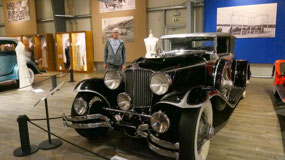
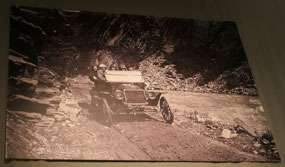
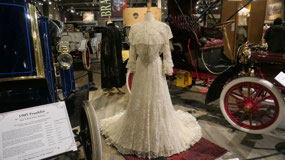

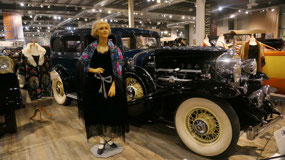
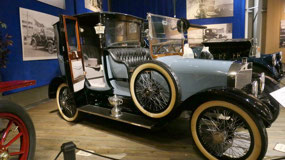
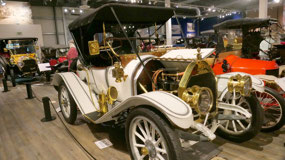
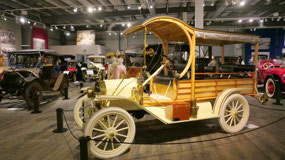
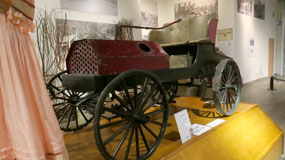
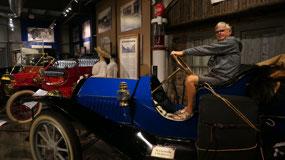
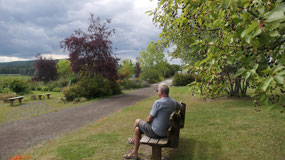


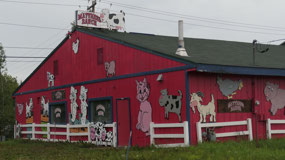
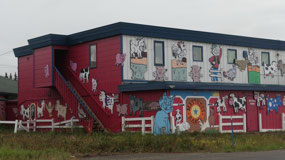
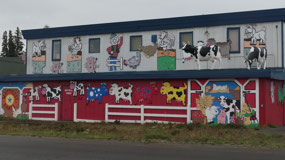
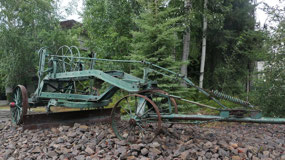
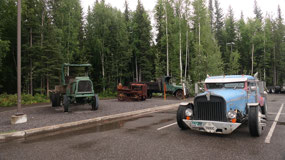
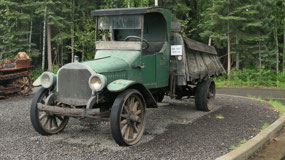
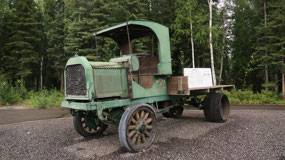
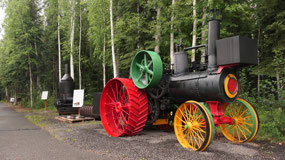
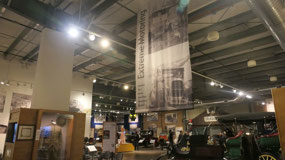
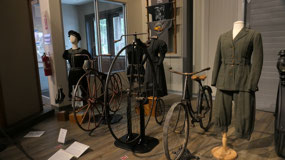
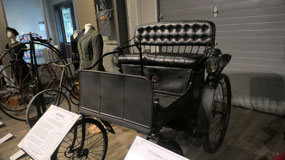
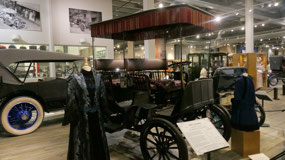
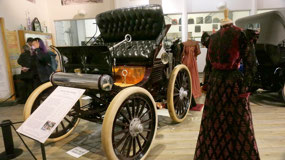
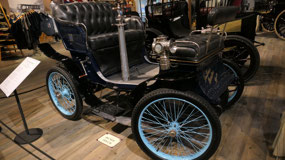
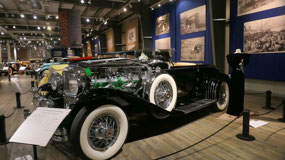
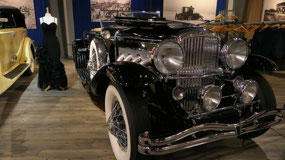
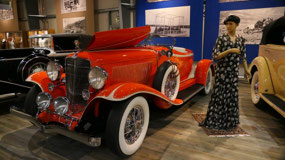
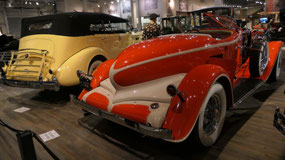

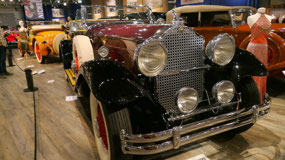
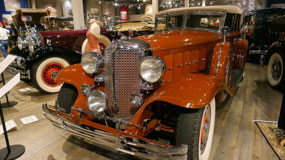
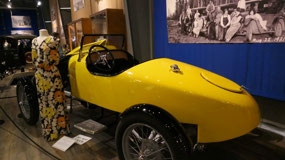
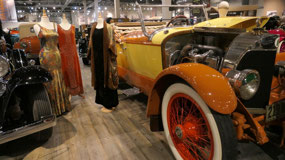
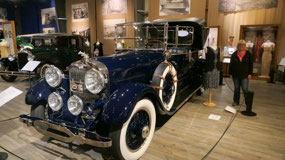
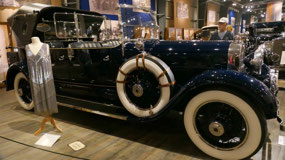
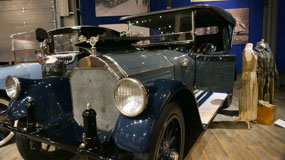
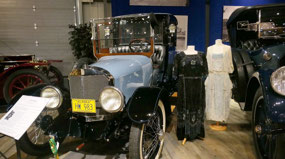
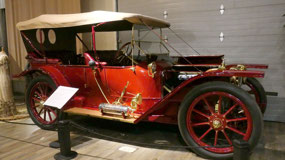
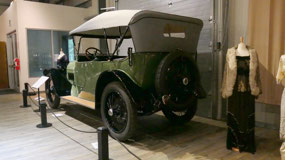
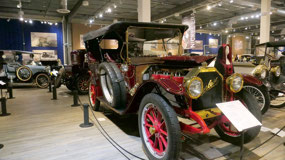
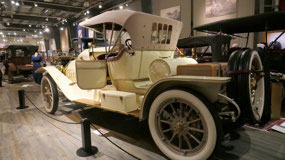
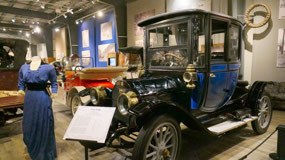
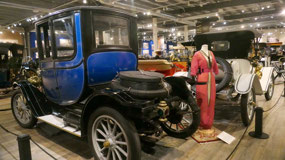
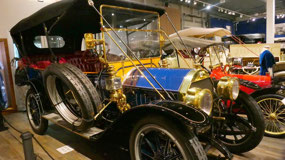
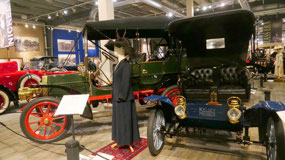
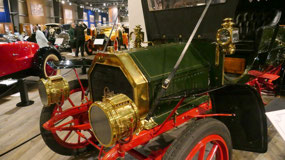
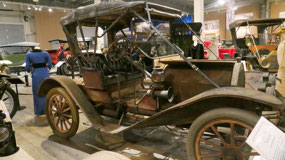
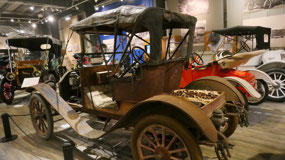
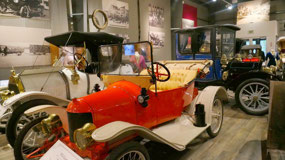
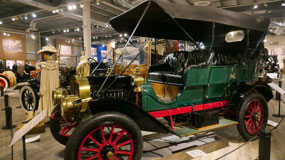
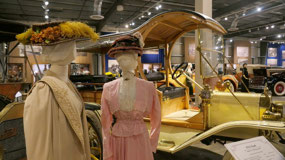
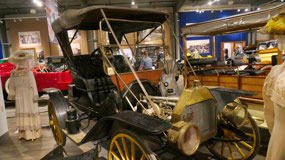
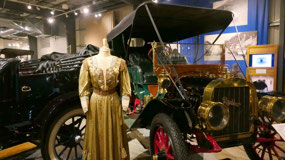
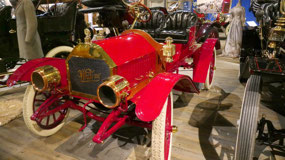
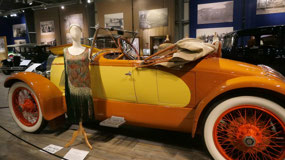
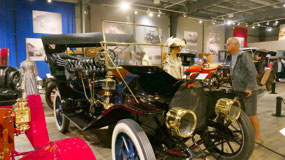
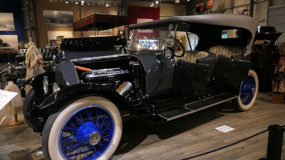
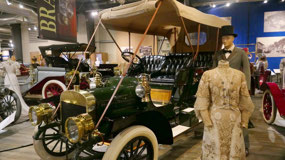
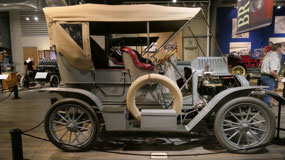
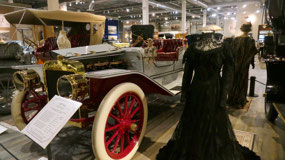
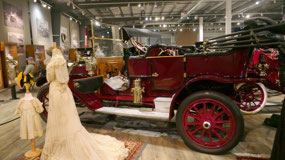
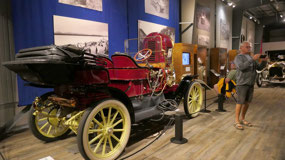
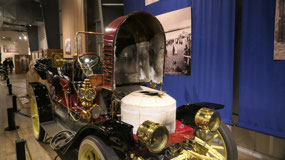
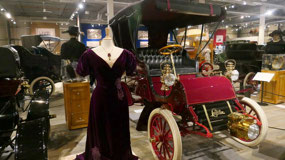
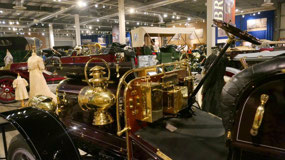

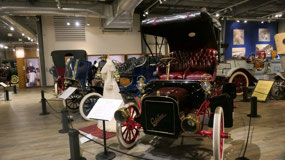
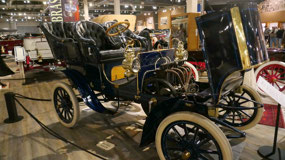
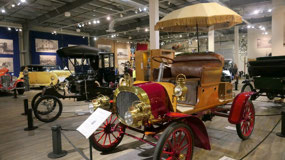
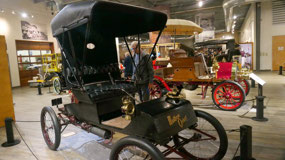



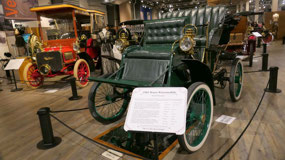
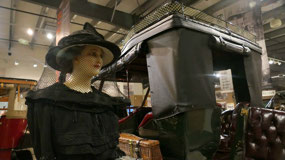
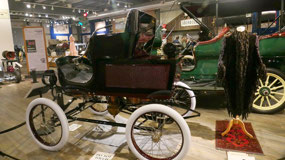
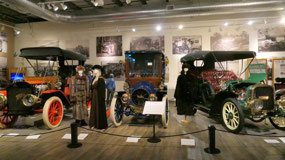
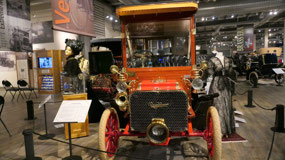
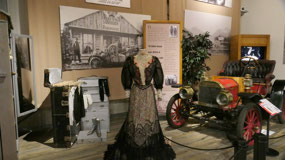
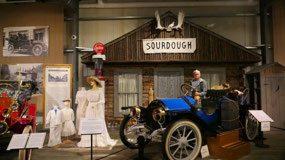
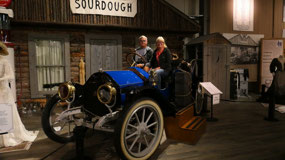
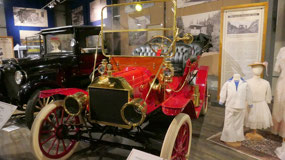
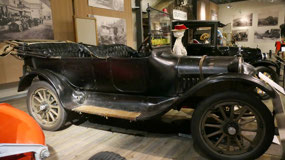

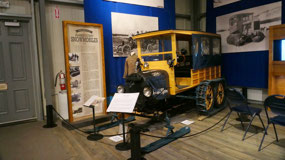
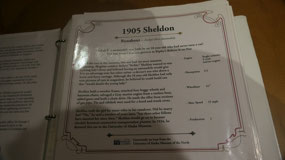
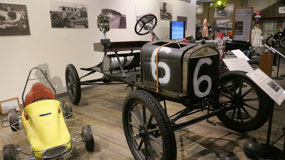
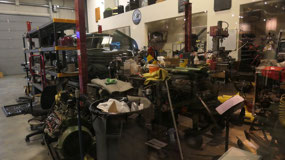
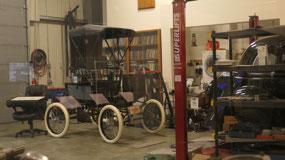
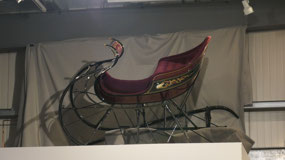
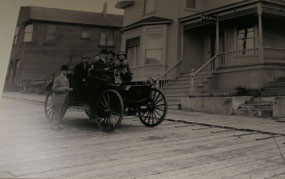
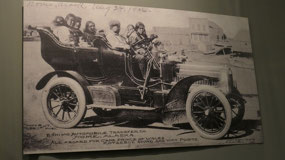
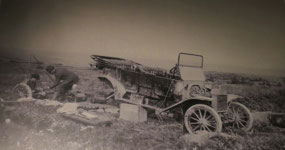

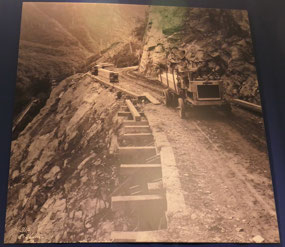
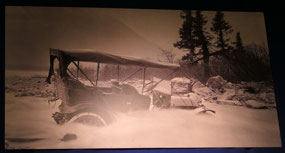
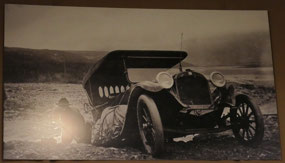
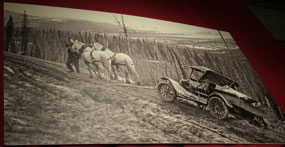
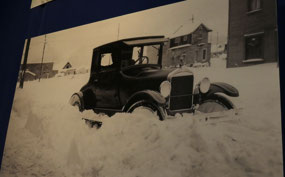
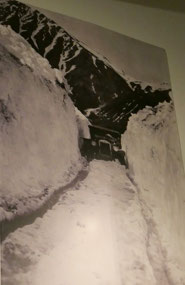
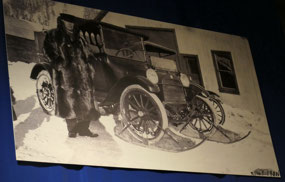
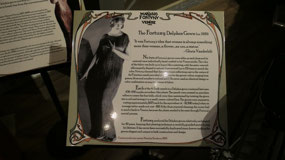
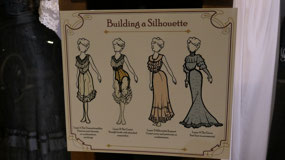
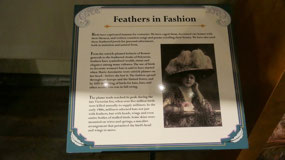
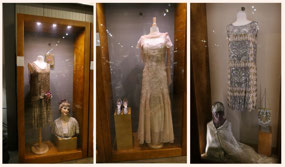
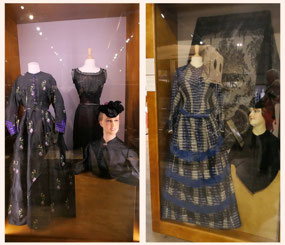
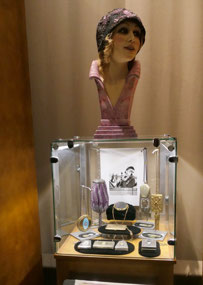
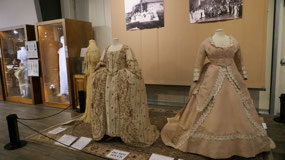
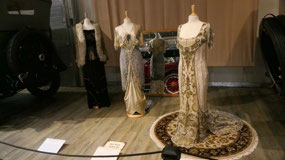
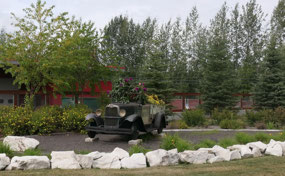
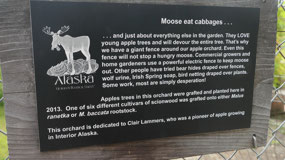








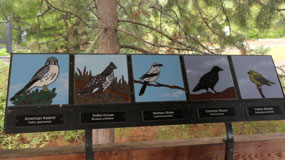
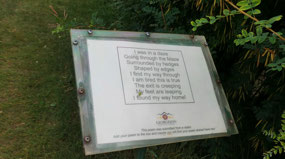

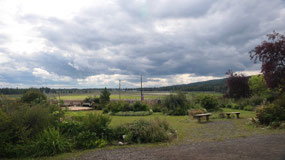
2025-05-22